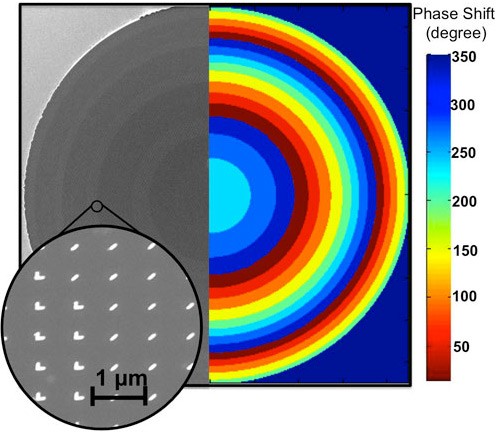Currently, when we think of buying a high-quality lens, we think of SLRs, of firms such as Canon and Nikon and the huge price-tags associated, which can run into the many thousands, though, exactly why do we look to these high-quality lenses?
When all is said and done, we're not exactly short on megapixels, even when you look at a modern camera phone. LG, for example, is about to launch the Optimus G, which features a 13-megapixel sensor - something in the range of what you would have expected of SLR cameras but a few years ago. OmniVision, a popular maker of camera sensors, is already offering 16-megapixel sensors with 20-megapixels on the way. Likewise, technology has pushed forwards, with Back Side Illumination (BSI) reducing sensor noise and so, why do we not expect to see the same results from a smartphone's camera as we do with professional kit?
One part of this explanation is that SLRs typically feature three sensors, one for each primary colour. Other cameras and smartphones feature colour-filters on a single sensor, creating a slight mismatch between the brightness and the colour on an individual pixel. As megapixels grow, however, this is becoming less and less of an issue as down-sampling can help to realign this disparity. This is exactly what Nokia does with its epic 41-megapixel PureView sensor, with the camera spitting out 5-megapixel images that are near-enough free of this issue.
In order to make PureView happen, however, Nokia had to go to extreme lengths to produce a lens with as little distortion as possible. Whilst we can increase the megapixel count on sensors, it's useless if we can't ensure that the light reaching them is distortion-free. As you increase the pixel count, you require less and less distortion of the light. In Nokia's case, this resulted in a rather bulky lens, which, despite its technological advances, still isn't quite capable of producing SLR-class imagery. Likewise, many smartphone sensors are let down by inferior lenses, due to the requirements for them to be cheap and compact.

Here is where Harvard University wishes to step in. Boffins at the University have developed a new kind of lens, fashioned from silicon and gold, which, according to its creators, is distortion-free.
The lens is created from a near-flat 60-nanometre-thick wafer of silicon, upon the surface of which is an array of gold nano-antennas, capable of funnelling light at a range of focal points by introducing a variety of photon delays through manipulation of gold particle size. This causes light to bend at different rates across the lens, right on the surface, as opposed to guiding it progressively, as a large glass lens would.
The technology has the potential to replace the vast majority of large, heavy and expensive glass lenses we use today and would be ideal for the smartphone market. By capturing light on a flat-plane, the original image is almost entirely undistorted and the thin substrate reduces noise introduced through imperfections.
We can't wait for this one to hit mass market production!













